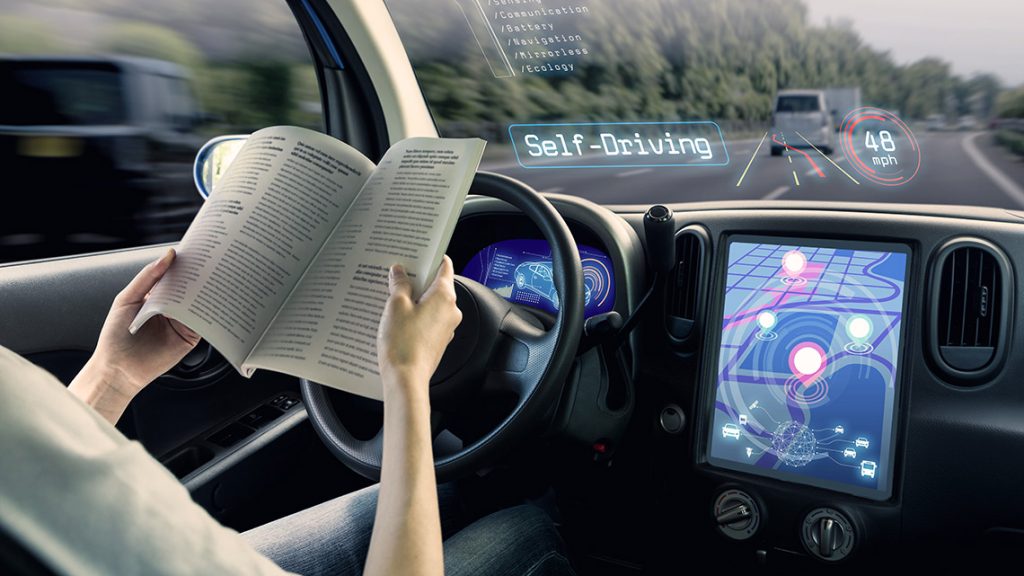Driverless cars, also known as autonomous vehicles, have emerged as a revolutionary force in the automotive industry, promising to reshape the way we travel and interact with our transportation systems. These vehicles utilize a blend of advanced technologies such as sensors, cameras, lidar, radar, and sophisticated algorithms to navigate and make decisions on the road without human intervention. The primary goal of driverless cars is to enhance road safety, optimize traffic flow, and provide increased mobility for individuals who may be unable to drive themselves.

One of the most compelling advantages of driverless cars is their potential to significantly reduce traffic accidents caused by human error. With their ability to process vast amounts of data in real-time and make split-second decisions, autonomous vehicles are designed to minimize the risks associated with distracted driving, fatigue, and impaired judgment. This has the potential to save countless lives and reduce the strain on emergency services and healthcare systems.

Moreover, driverless cars hold the promise of optimizing traffic patterns and alleviating congestion. Through communication with other autonomous vehicles and infrastructure systems, they can work together to coordinate movements, merge seamlessly, and choose the most efficient routes. This could lead to reduced travel times, fuel consumption, and emissions, contributing to a more sustainable and eco-friendly transportation network.

However, the widespread adoption of driverless cars also brings about a set of challenges. Ethical considerations, liability concerns, and the need for robust cybersecurity measures are crucial aspects that must be addressed. Additionally, transitioning to a fully autonomous transportation system requires substantial updates to infrastructure and regulations to ensure the safe integration of these vehicles into existing traffic environments. As technology continues to advance and society adapts, the evolution of driverless cars promises to redefine mobility, safety, and the very nature of transportation.


